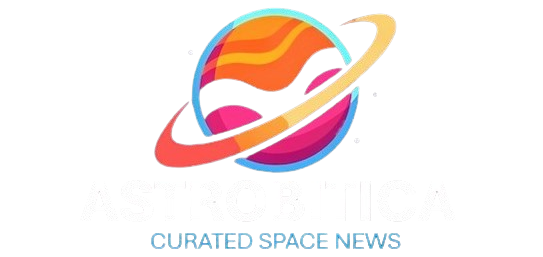Why does nature love spirals? The link to entropy

There are moments in the history of human thought when a simple realization transforms our understanding of reality. A moment when chaos reveals itself as structure, when disorder folds into meaning, and when what seemed like an arbitrary universe unveils itself as a system governed by hidden symmetries.
